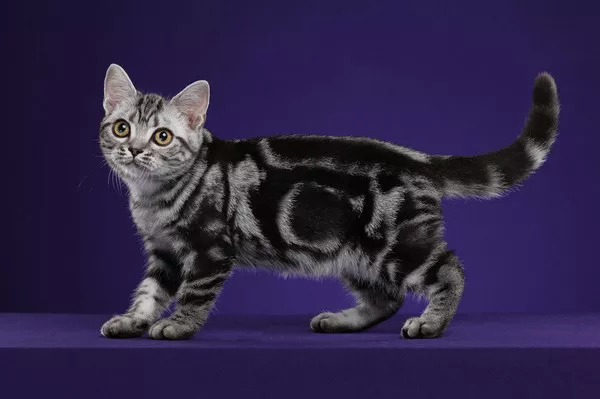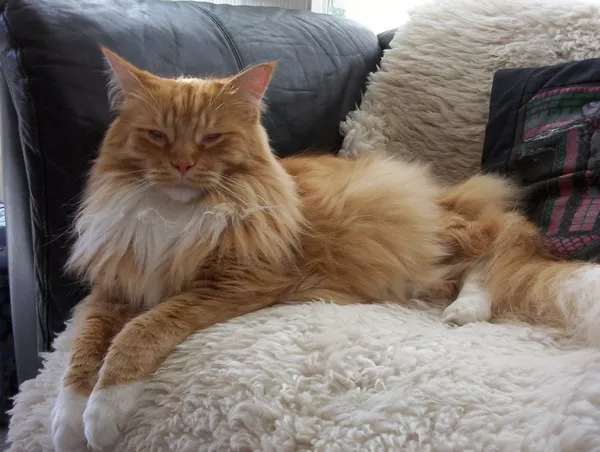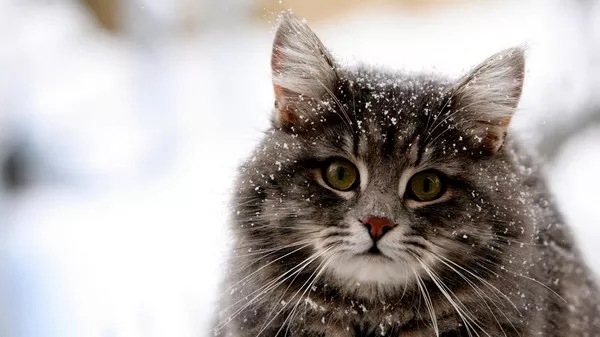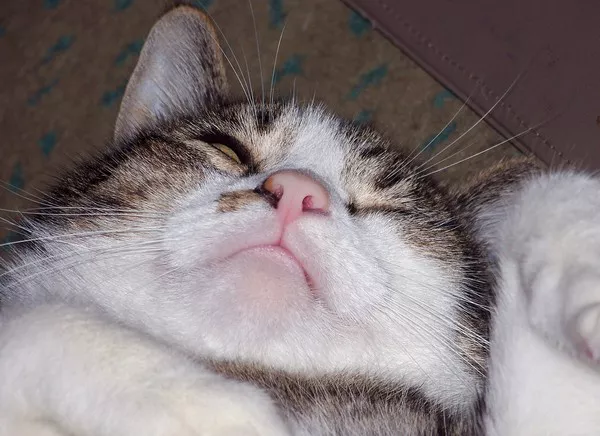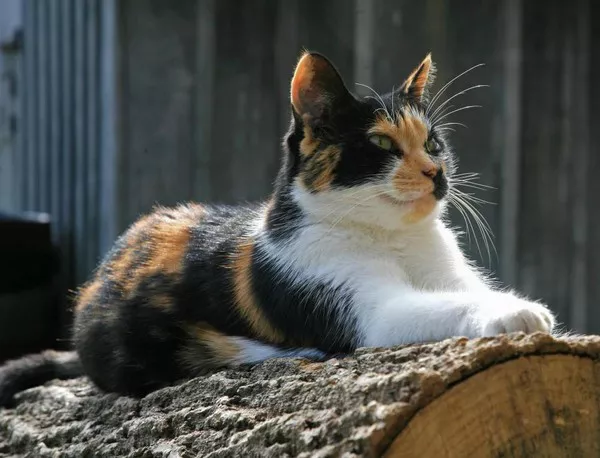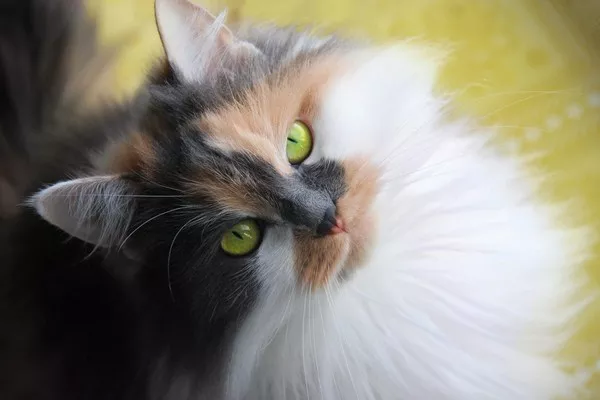The American Shorthair cat breed is beloved for its friendly disposition, robust health, and distinctive appearance. While these cats have a long history in the United States, their precise origins and genetic makeup are a subject of curiosity among feline enthusiasts. In this comprehensive guide, we explore the ancestry of American Shorthair cats, potential mixes contributing to their genetic heritage, and the factors that have shaped their unique characteristics.
Understanding the American Shorthair Breed
Before delving into the possible mixes that contribute to the American Shorthair’s genetic makeup, it’s essential to have a clear understanding of the breed’s defining characteristics:
Appearance
American Shorthair cats are known for their medium to large build, muscular physique, and dense, plush coat. They have broad heads, round faces, and expressive eyes that come in a variety of colors, including copper, gold, and green.
Temperament
These cats are renowned for their friendly and adaptable nature. They are typically affectionate, easygoing, and good-natured, making them excellent companions for families, singles, and seniors alike.
Health
American Shorthairs are generally healthy and robust cats with few breed-specific health issues. They have a long lifespan, often living well into their teens or even early twenties with proper care and nutrition.
History
The history of the American Shorthair dates back to the arrival of European settlers in North America. Initially valued for their hunting prowess in controlling rodent populations, these cats gradually became cherished pets and companions in American households.
Ancestral Roots: Tracing the Origins of American Shorthairs
The ancestry of American Shorthair cats can be traced back to several different sources, reflecting the diverse genetic heritage of these beloved felines:
European Ancestry
Many American Shorthairs can trace their lineage back to European cats brought to North America by early settlers. These cats likely interbred with native North American felines, resulting in a diverse gene pool that contributed to the development of the breed.
British Shorthair Influence
The British Shorthair, renowned for its sturdy build and plush coat, may have also played a role in the development of the American Shorthair breed. Cats of British origin brought to the New World by early colonists may have interbred with local cats, influencing the characteristics of subsequent generations.
Domestic Shorthair Cats
The term “Domestic Shorthair” is often used interchangeably with “American Shorthair” to refer to cats of mixed or unknown ancestry. Many American Shorthairs are descendants of Domestic Shorthair cats with diverse genetic backgrounds, reflecting centuries of natural selection and adaptation to their environment.
Potential Mixes Contributing to American Shorthair Genetics
While American Shorthairs are recognized as a distinct breed by cat fancier organizations such as The International Cat Association (TICA) and the Cat Fanciers’ Association (CFA), their genetic heritage may include contributions from various other breeds and populations. Some potential mixes that could have influenced the genetic makeup of American Shorthair cats include:
British Shorthair
As mentioned earlier, the British Shorthair may have contributed to the development of the American Shorthair breed through interbreeding with European and North American cats. Traits such as a dense coat, robust build, and rounded head shape may reflect British Shorthair influence.
European Shorthair
European Shorthair cats, a group of mixed-breed cats commonly found throughout Europe, may have also contributed to the genetic diversity of American Shorthairs. These cats exhibit a range of coat colors and patterns, as well as varying body types, reflecting their mixed ancestry.
Domestic Shorthair Variants
Domestic Shorthair cats, also known as moggies, represent a diverse population of mixed-breed cats with no specific pedigree. American Shorthairs with unknown ancestry may have inherited genetic traits from Domestic Shorthair cats with diverse backgrounds, including European, British, and North American influences.
North American Feral Cats
Feral and stray cats native to North America may have also contributed to the genetic composition of American Shorthairs. These cats exhibit a wide range of coat colors and patterns, as well as varying temperaments and physical characteristics, reflecting their adaptation to different environments and habitats.
Factors Shaping American Shorthair Characteristics
Several factors have contributed to shaping the distinct characteristics of American Shorthair cats, including:
Natural Selection
Over centuries of living in diverse environments, American Shorthairs have undergone natural selection, with traits that enhance survival and reproductive success becoming more prevalent in the population. Traits such as good health, strong hunting instincts, and a friendly disposition have been favored by natural selection, contributing to the breed’s overall characteristics.
Selective Breeding
While American Shorthairs have a long history of natural selection and adaptation, selective breeding practices have also played a role in shaping the breed’s characteristics. Breeders may selectively choose cats with desirable traits such as coat color, pattern, and temperament to perpetuate those traits in subsequent generations.
Geographic Isolation
Geographic isolation and regional differences may have also contributed to the development of distinct American Shorthair populations with unique characteristics. Cats living in different regions of North America may exhibit variations in coat color, pattern, and temperament based on environmental factors and selective pressures.
Genetic Drift
Genetic drift, the random fluctuation of allele frequencies in a population over time, may have also influenced the genetic diversity of American Shorthair cats. Small founder populations, genetic bottlenecks, and other demographic factors can lead to genetic drift, resulting in changes in allele frequencies and the emergence of new traits.
Conclusion
The genetic makeup of American Shorthair cats reflects centuries of natural selection, adaptation, and interbreeding among diverse feline populations. While the breed’s precise ancestry may never be fully elucidated, it is clear that American Shorthairs possess a rich genetic heritage shaped by European, British, and North American influences. Whether descended from European settlers’ cats, British Shorthairs, or domestic strays, American Shorthairs continue to captivate cat lovers with their friendly demeanor, robust health, and distinctive appearance. As cherished companions and beloved members of countless households, American Shorthair cats embody the enduring bond between humans and felines, a testament to the enduring legacy of these remarkable creatures.

